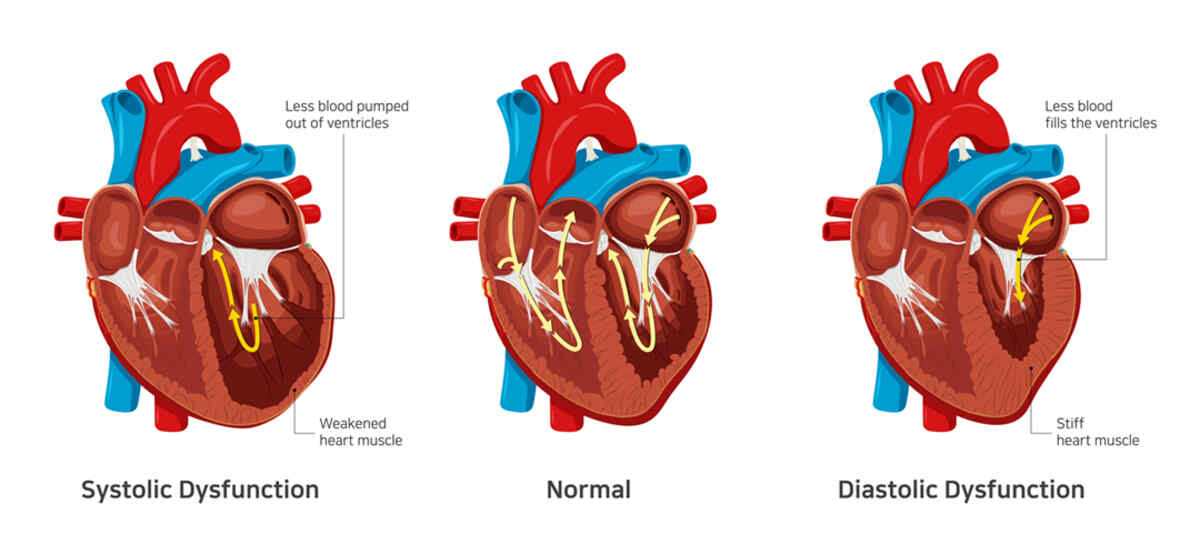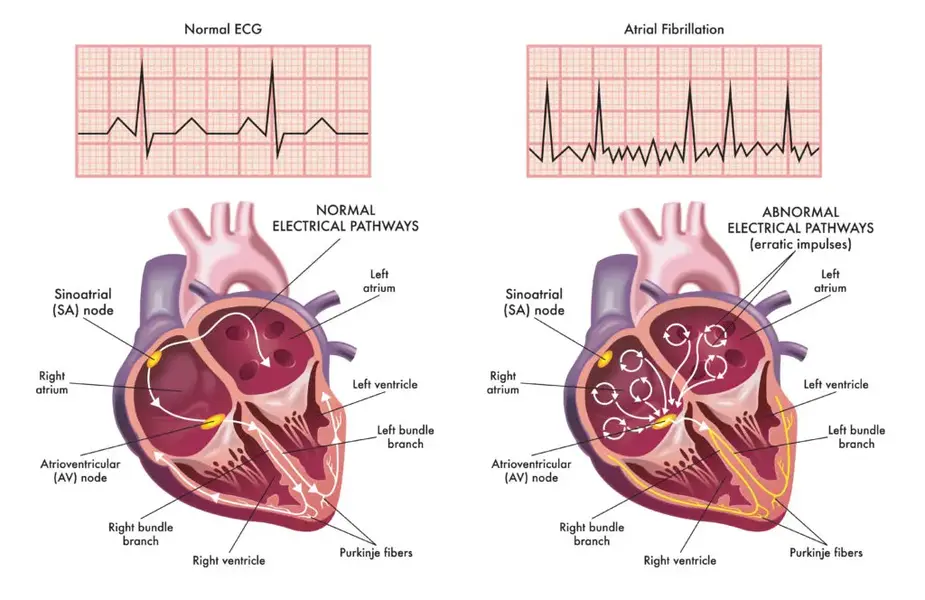Ejection fraction is an important measure used to diagnose heart failure. Are you interested in learning about the causes, symptoms, and types of heart failure? Please see our previous article.
In this article, we will explore ejection fraction in more detail and discuss its importance in the diagnosis and treatment of heart failure. Let's get started!
What Is Ejection Fraction?
Ejection fraction is the percentage of blood pumped by the left ventricle during contraction. First, the left atrium receives oxygenated blood from the lungs and sends it to the left ventricle. As soon as the wall of the left ventricle shrinks Pumps blood to the arteries, which carry it to many cells and tissues in the body
What is the normal ejection fraction by age?
A healthy heart does not pump all the blood from the left ventricle in one cycle, so an ejection ratio of 55 to 65% is considered normal.
Normal daily ejection fraction: 55 to 65%
Ejection Fraction and Heart Failure: Understanding the Connection
Heart failure occurs when the heart's pumping ability gradually decreases, usually due to weakening or thinning of the left ventricle. This prevents the heart from contracting hard enough to pump enough blood into the arteries.
When this occurs, blood can back up into the lungs, leading to signs and symptoms like shortness of breath. Additionally, inadequate blood flow to essential organs, which include the kidneys, can cause fluid to build up, resulting in swelling in the stomach, feet, and legs. These are common symptoms of coronary heart failure.
A weak left ventricle often results in a reduced ejection fraction (less than 50%), so a low ejection fraction is usually the first sign of heart failure. Many factors can cause this. Including dilated cardiomyopathy. Coronary artery disease, High blood pressure and diabetes
It is important to note that even a normal ejection fraction can cause heart failure in some people. This can happen when the problem is in the diastolic (relaxation) phase of the heart's pumping cycle. In these cases, the walls of the heart's ventricles become hard and thick, causing less blood to flow from the lungs to the heart.
Can the Ejection Fraction be improved?
Improving ejection fraction generally depends on the patient's general health and medical history. Doctors often recommend lifestyle and dietary changes, along with the use of medicine, to help improve or maintain a normal ejection fraction. Patients must remain physically active to ensure that their organs receive adequate oxygenated blood.
In Conclusion
A normal ejection fraction of 55 to 65% indicates a healthy heart. If your ejection fraction is less than 50%, you may have heart failure, also known as congestive heart failure, characterized by a decreased ejection fraction. Diastolic heart failure with an ejection fraction greater than 50% is also called heart failure with a preserved ejection fraction.
The good news is that you can improve your ejection fraction with a combination of medication and lifestyle changes. If you have been diagnosed with heart failure and have decreased physical activity, please contact Dr. Deep Chandh Raja S to discuss treatment options.


.jpeg)


.jpg)